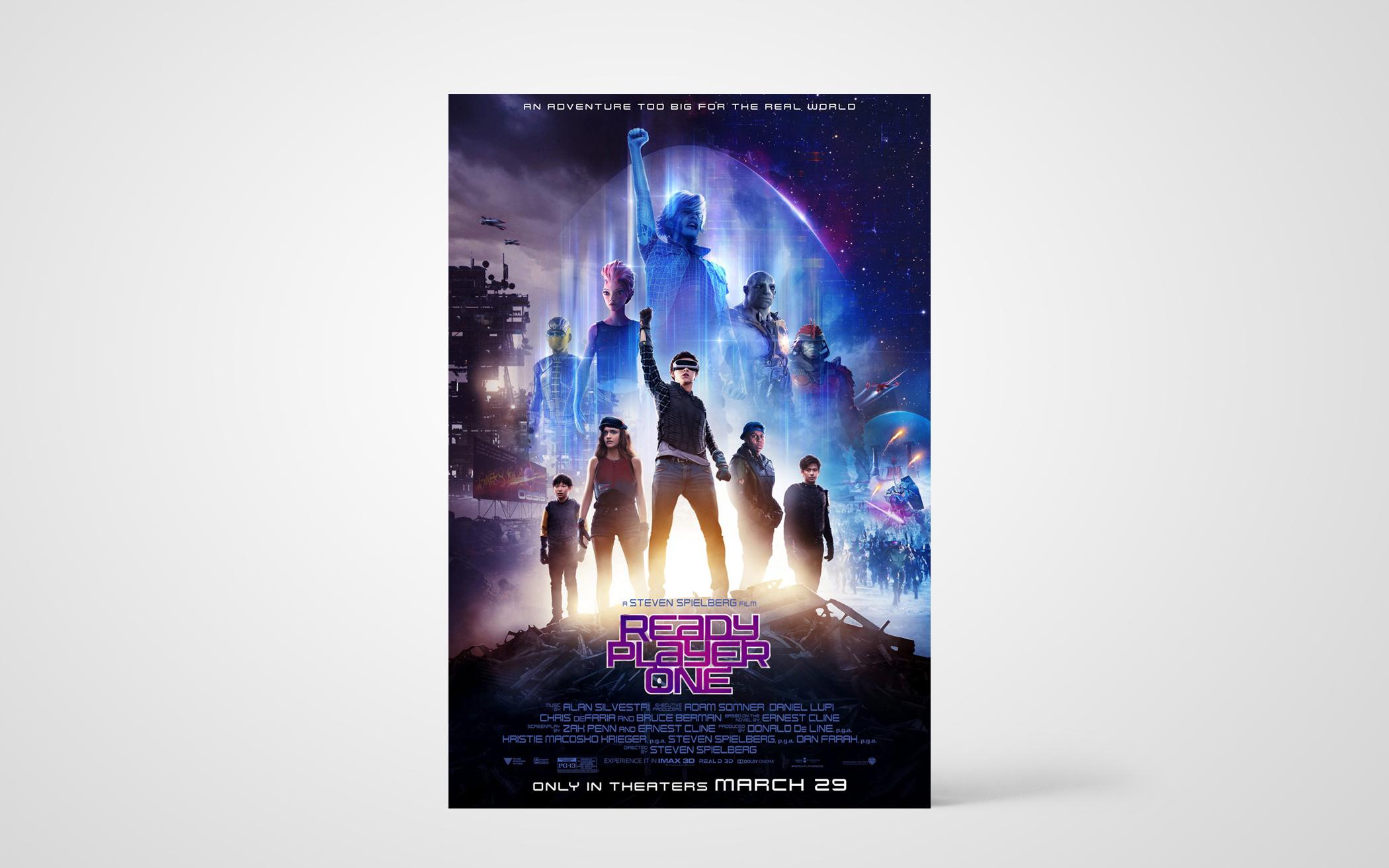The year is 2045, and, according to teen Wade Watts, everyone has “stopped trying to solve problems and started trying to outlive them.” The world is an apocalyptic sea of industrial decay.
Salvation comes when game developer James Halliday and his partner create The Oasis—a limitless virtual reality experienced through visors, headsets, sensory gloves, and full-body “boot-suits.” After Halliday’s death, administration of the game, worth millions in the game and out, comes to the winner of a series of in-game challenges.
Competition turns real-world deadly between heroic everyman Wade and his in-game friends—including the fierce “Art3mis” and witty “Aech”—and the evil, corporate boss Nolan Sorrento and IOI industries who will commit murder to control the wealth and power of the game.
Steven Spielberg’s animation/“real life” hybrid is a paradise of geekery and pop culture, but perhaps not for the youngest fans. References to everything from Star Trek to horror films abound but seem aimed at viewers a little older than the average 13-year-old.
The in-game animation and live action scenes blend so smoothly you forget you are watching a film in two styles. The characterization between characters and in-game avatars remains seamlessly consistent. This is why the movie works at all.
Before Sorrento starts hunting the kids in real life, the audience has to care about the real characters in order to buy the in-game high stakes. Those stakes are digital and non-lethal, and the movie continually reminds us that the game isn’t real. “I don’t want any more killing,” says Halliday as he designs the “zero-ing out” system. “Death” in game occurs by “zeroing-out”—a character loses all money and equipment earned in-game in a splatter of jingling coin, but their avatar can revive. However, any real world time or money they spent in the game is gone.
This does not mean the movie is completely violence-free, only that Spielberg handles it a little awkwardly. He holds his PG-13 rating like a partner at a middle-school dance. Spielberg dances around sexuality and violence, embraces them suddenly, briefly, and in a juvenile way: moderate language sprinkled throughout the first third, a few offensive words and gestures mid-battle, brief innuendo (“boot suits” are suggestively demonstrated to provide full-body sensation during a dance scene), and an animated segment that heavily references The Shining, plus undead.
The real-world consequences of The Oasis are ever-present. Aech reminds Wade that the girl he loves might be a “300-pound man who lives in his mom’s basement.” Players who can’t pay their debts might end up in IOI’s digital and real debtor’s prison. It’s a powerful reminder that our stories can both save and destroy us, but perhaps not suitable for every kid who might want to see it.
The movie offers some poignant insights on the importance of truth, reality, stories, and play, and it points out that real love is found in the real world. (Warner Bros)
About the Author
Emily Joy Stroble is a graduate of Calvin College, art maker, mocha drinker, and reader of many books. A regular contributor to The Banner and perpetual student of the world, Emily lives in Grand Rapids, Mich.

